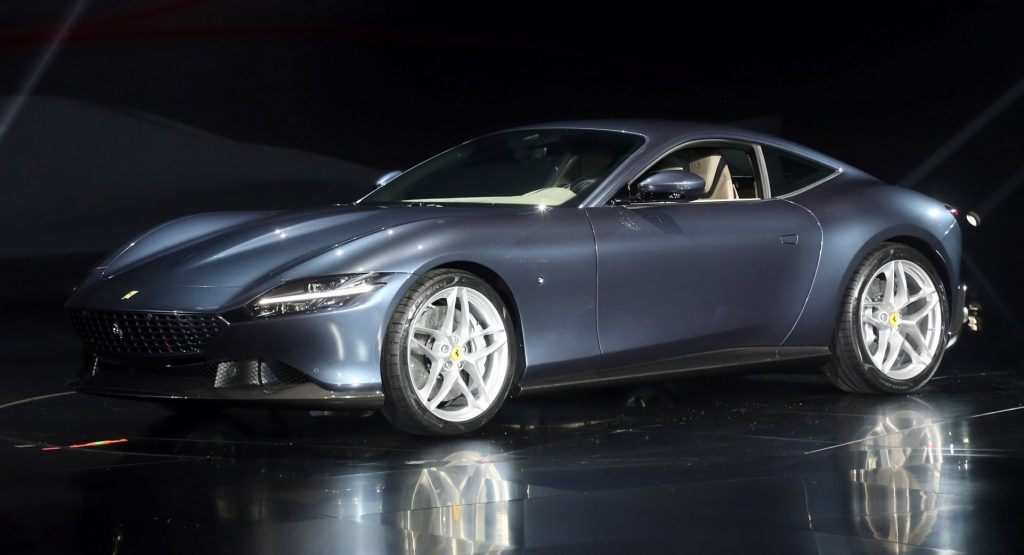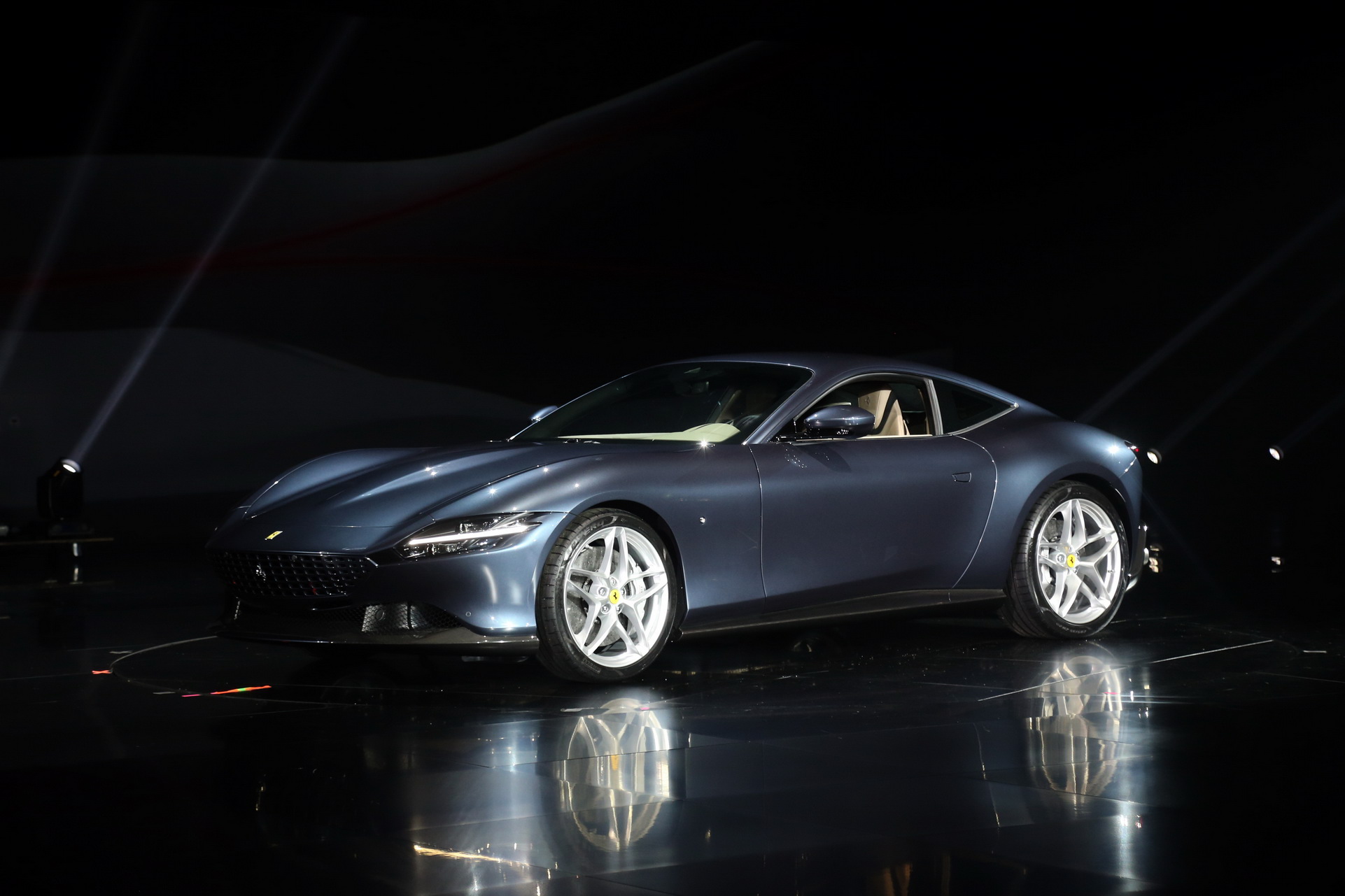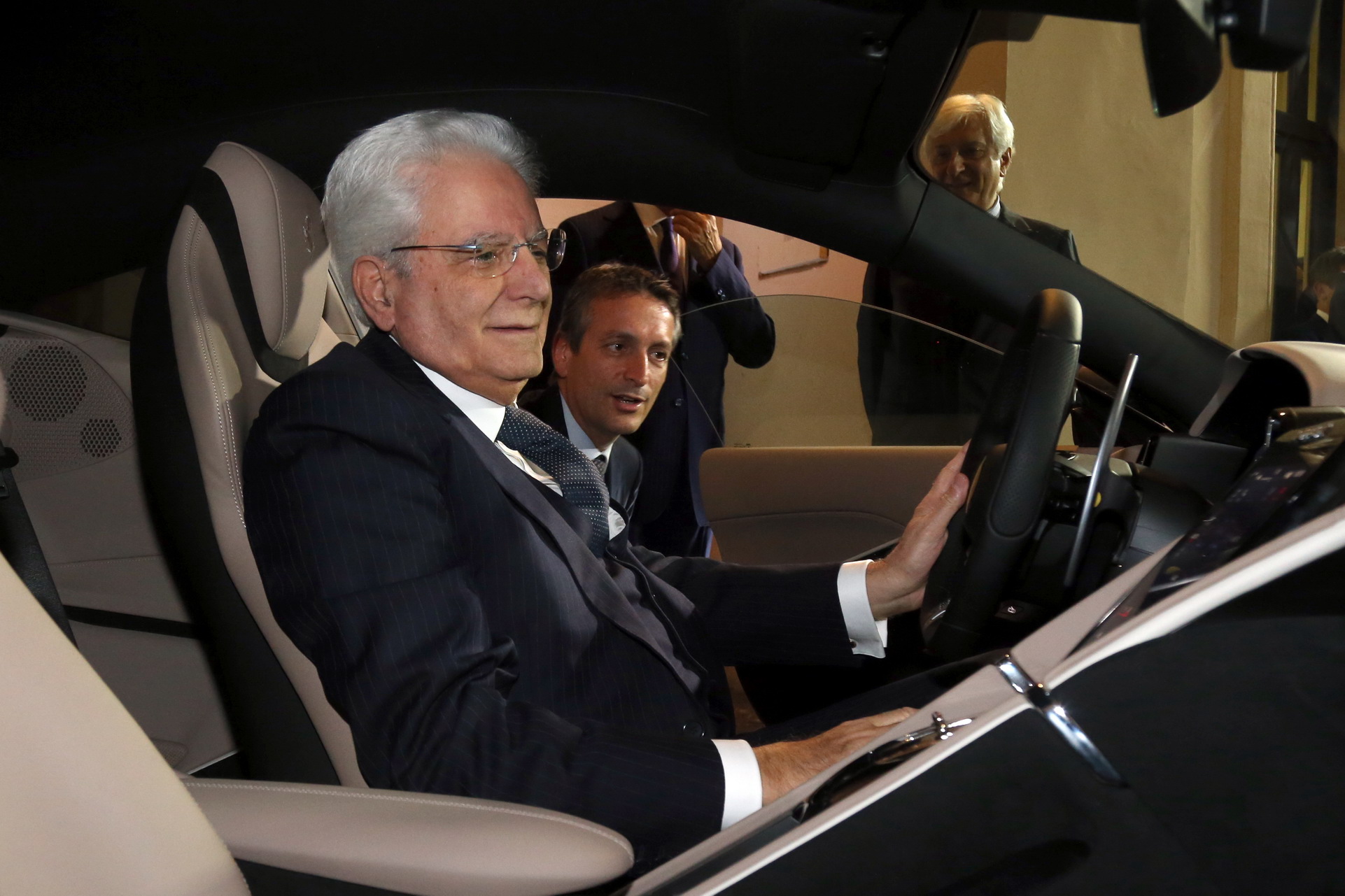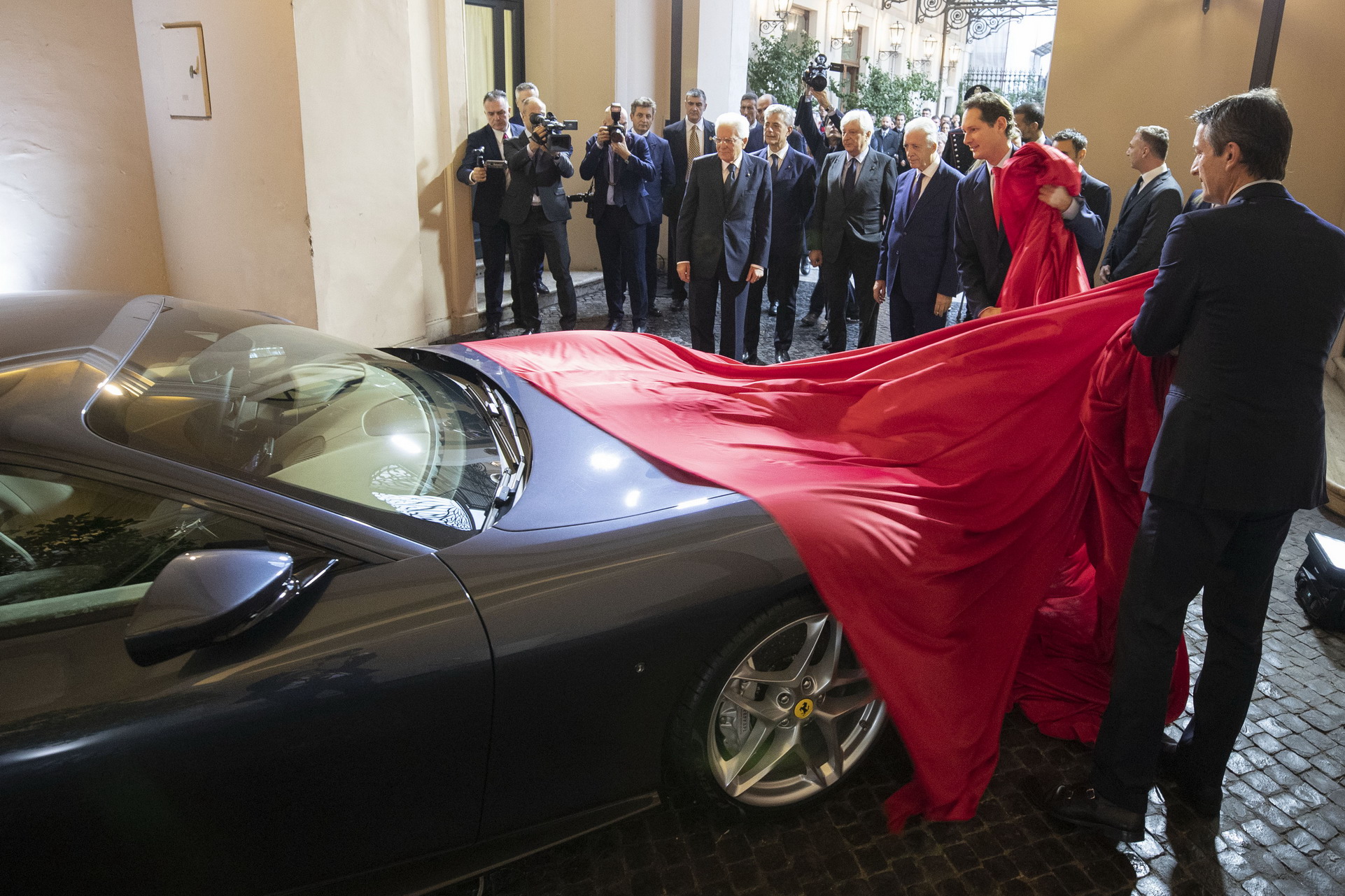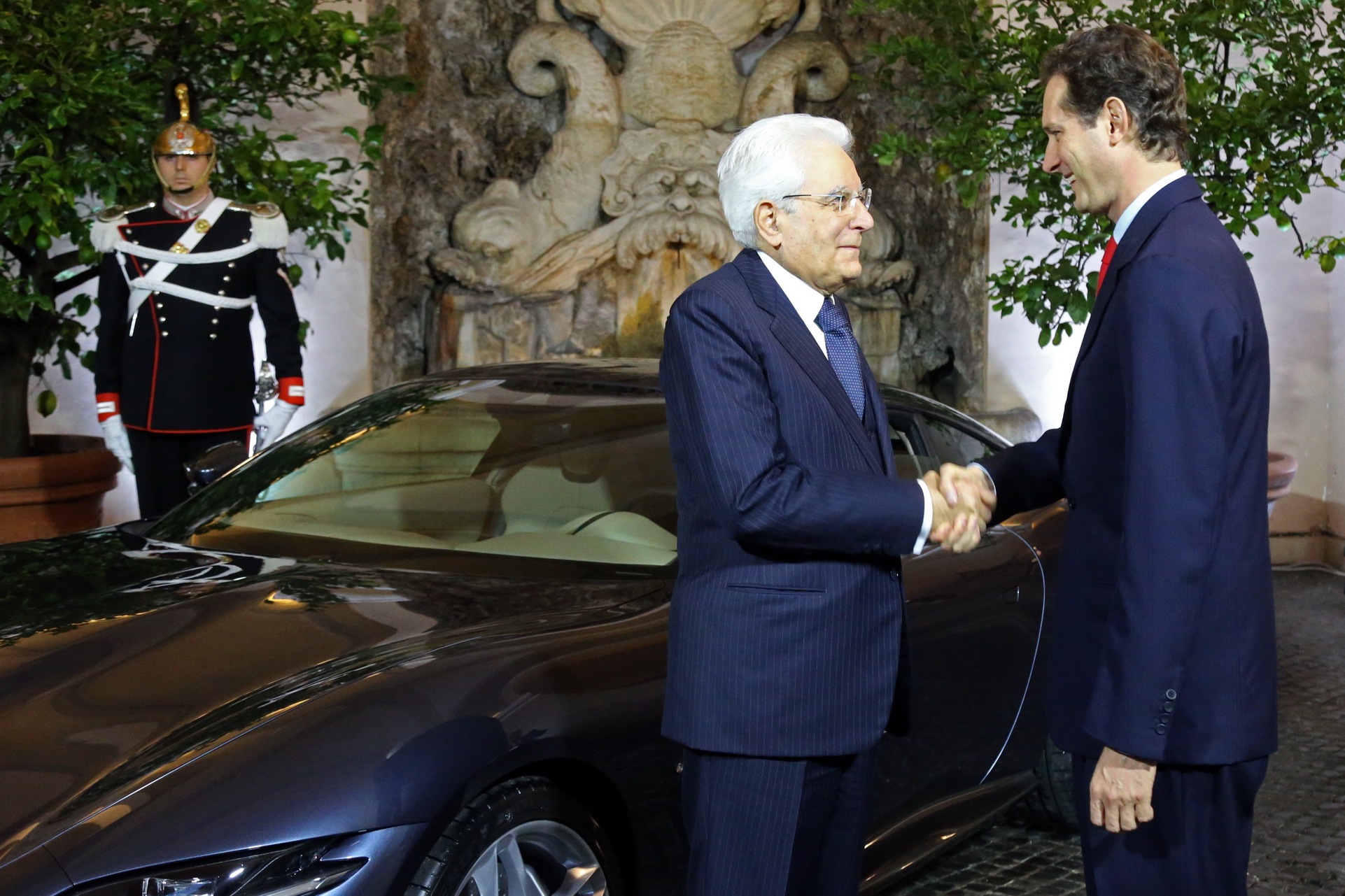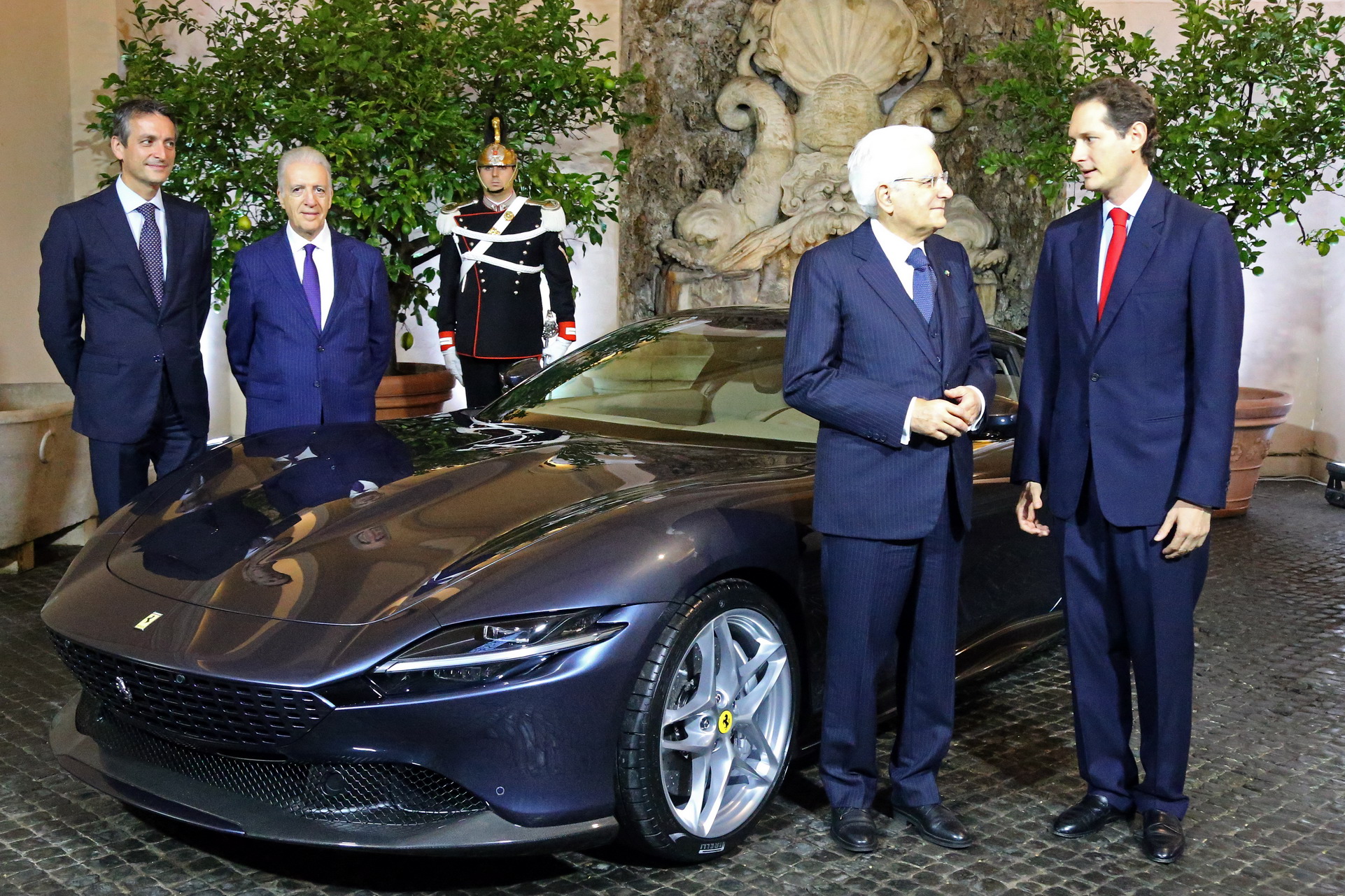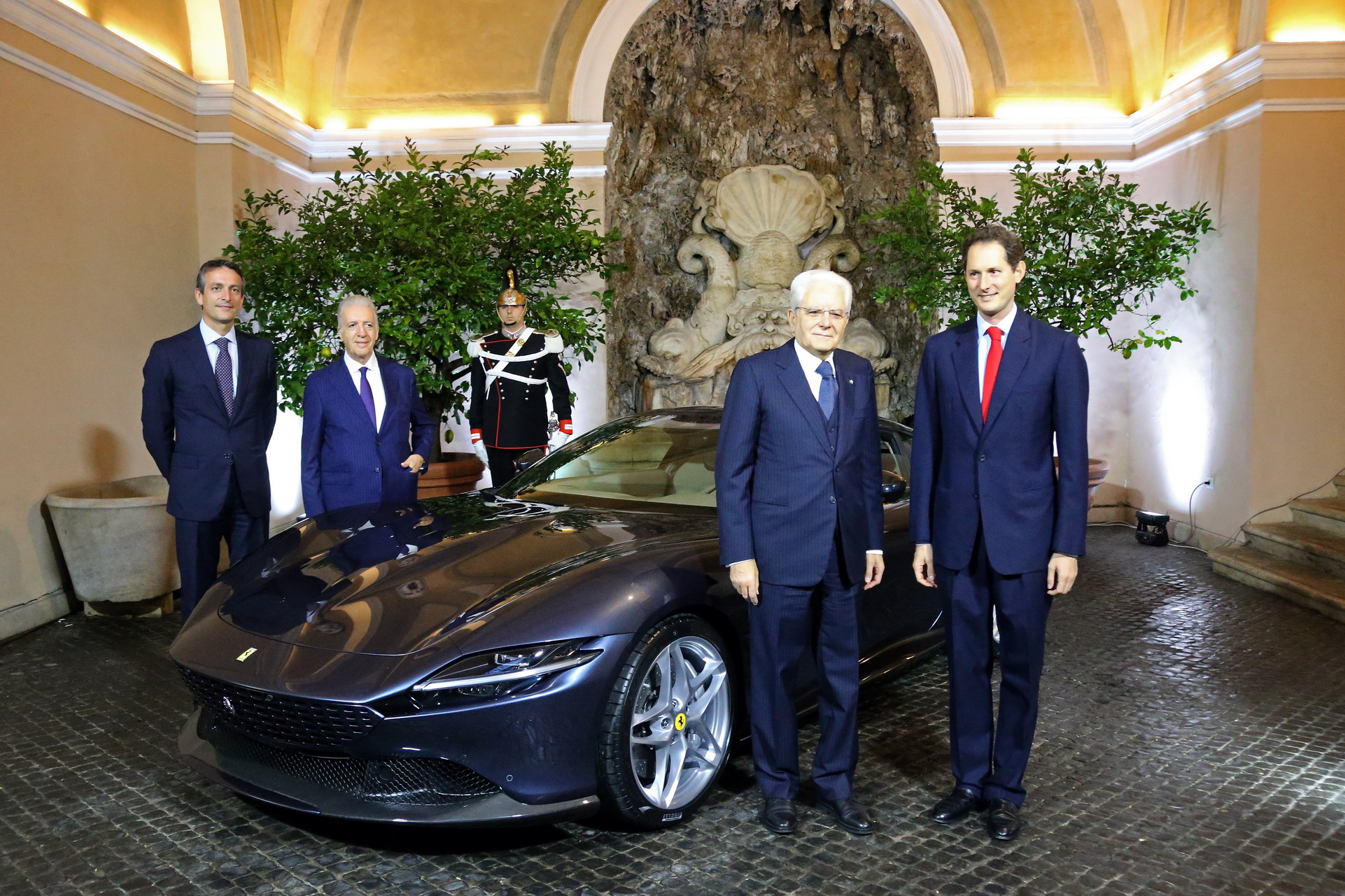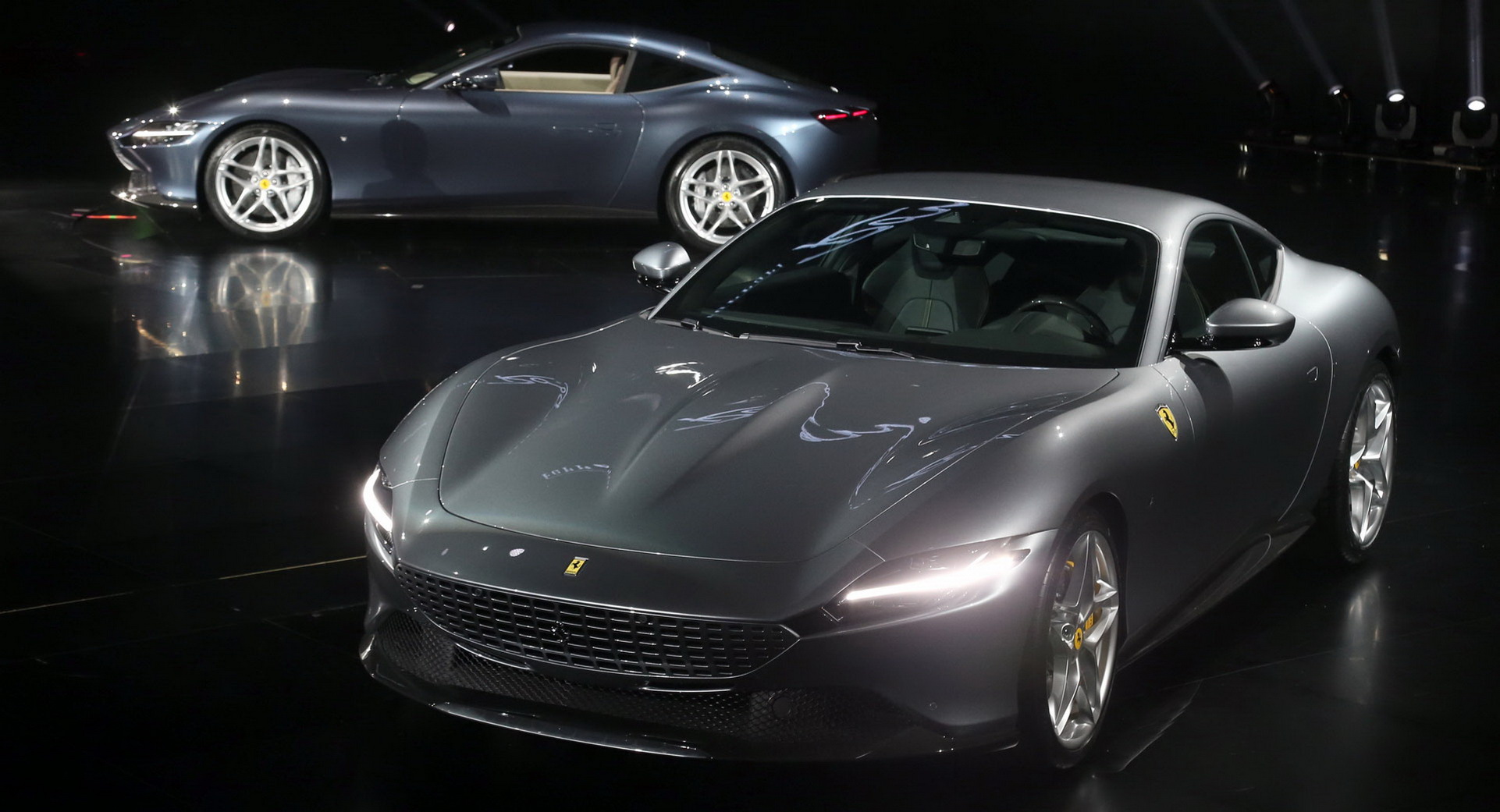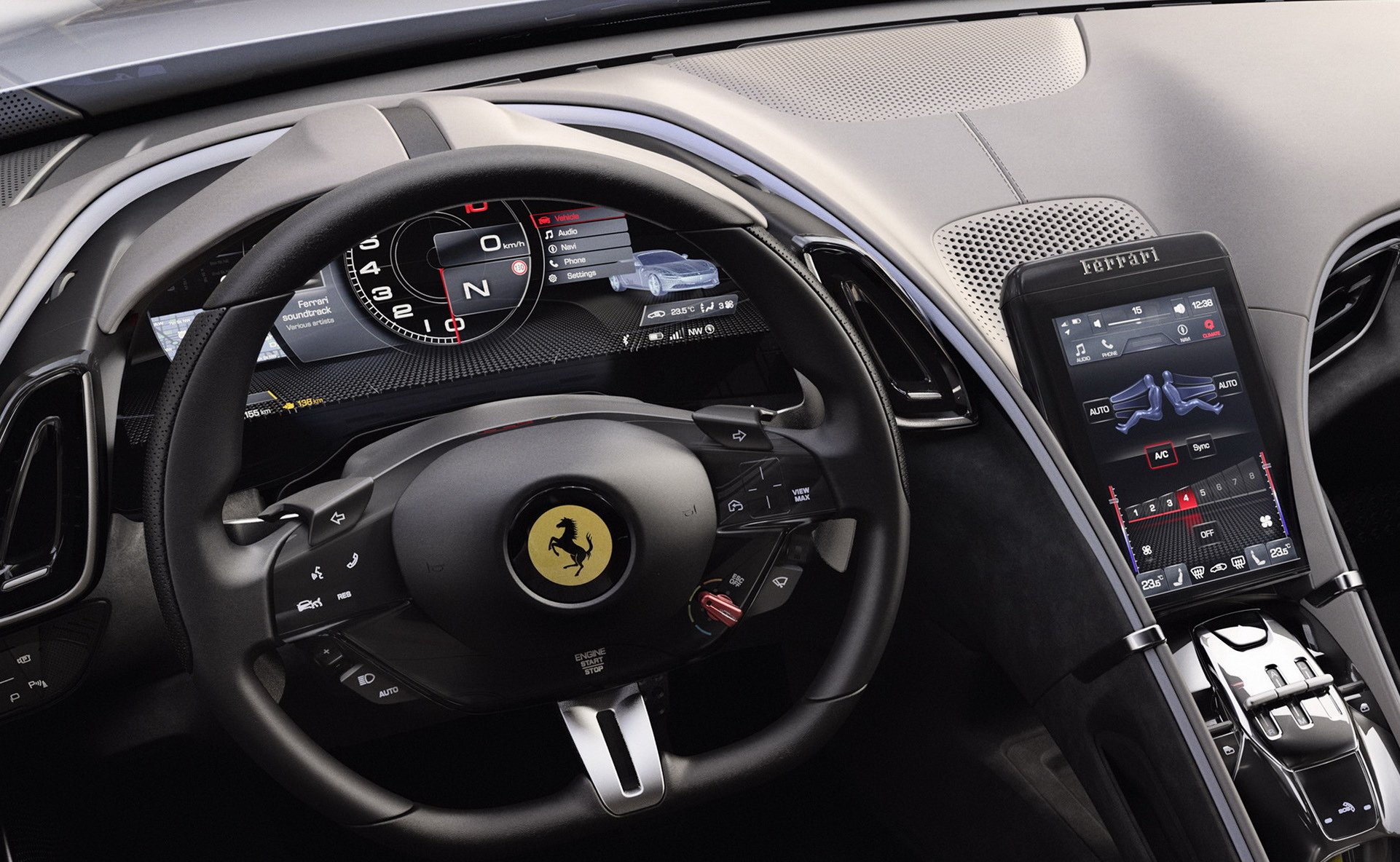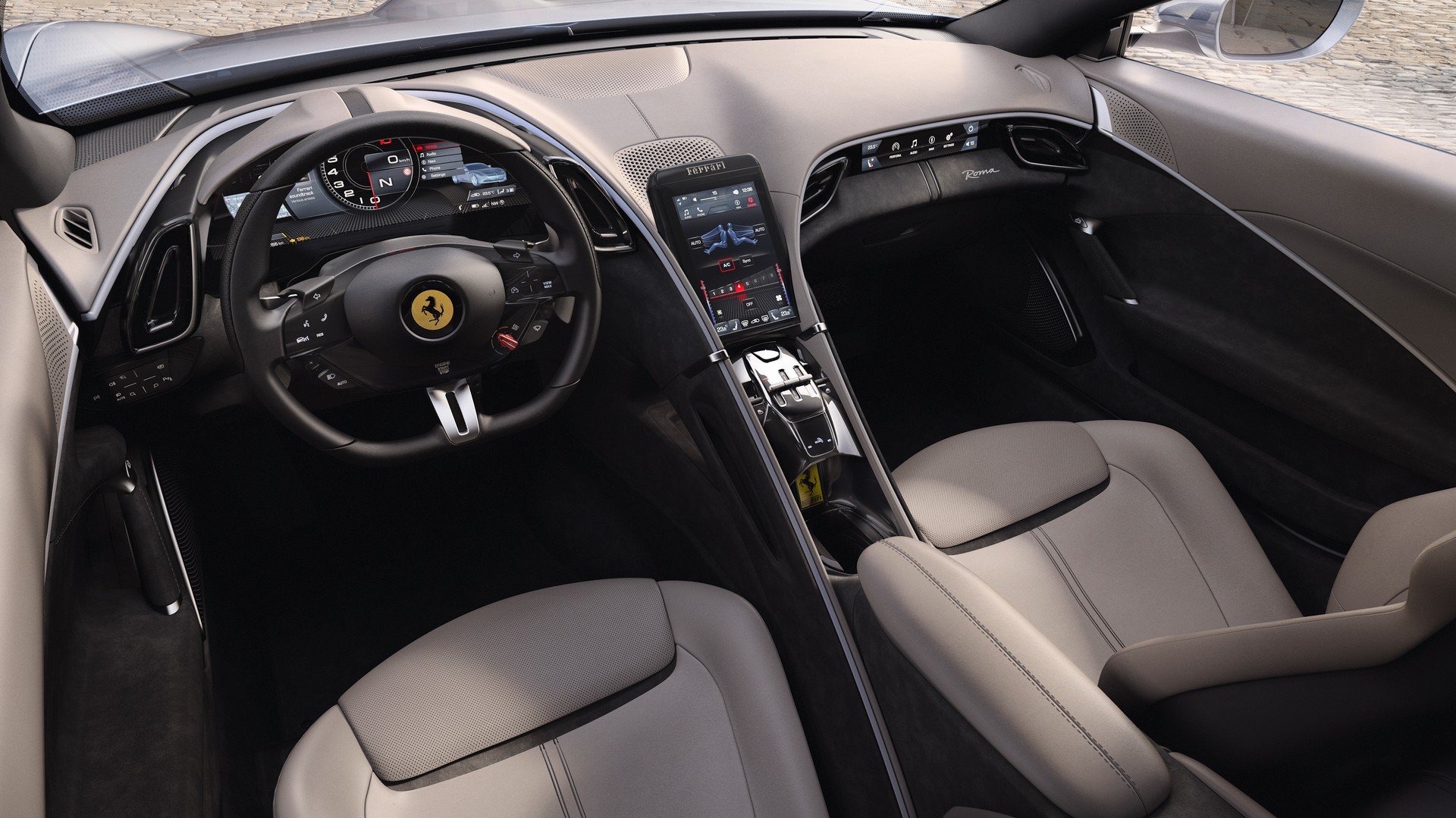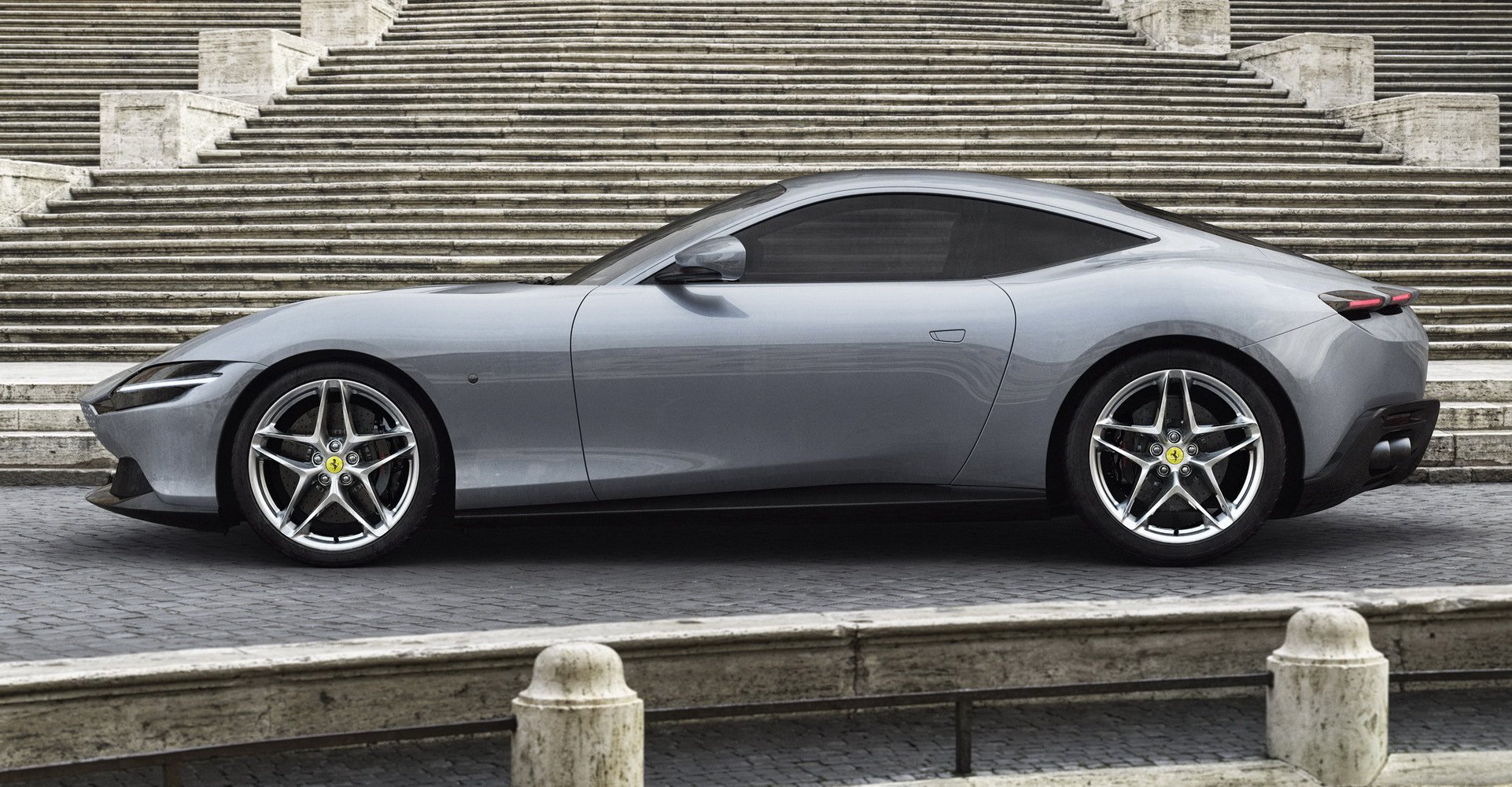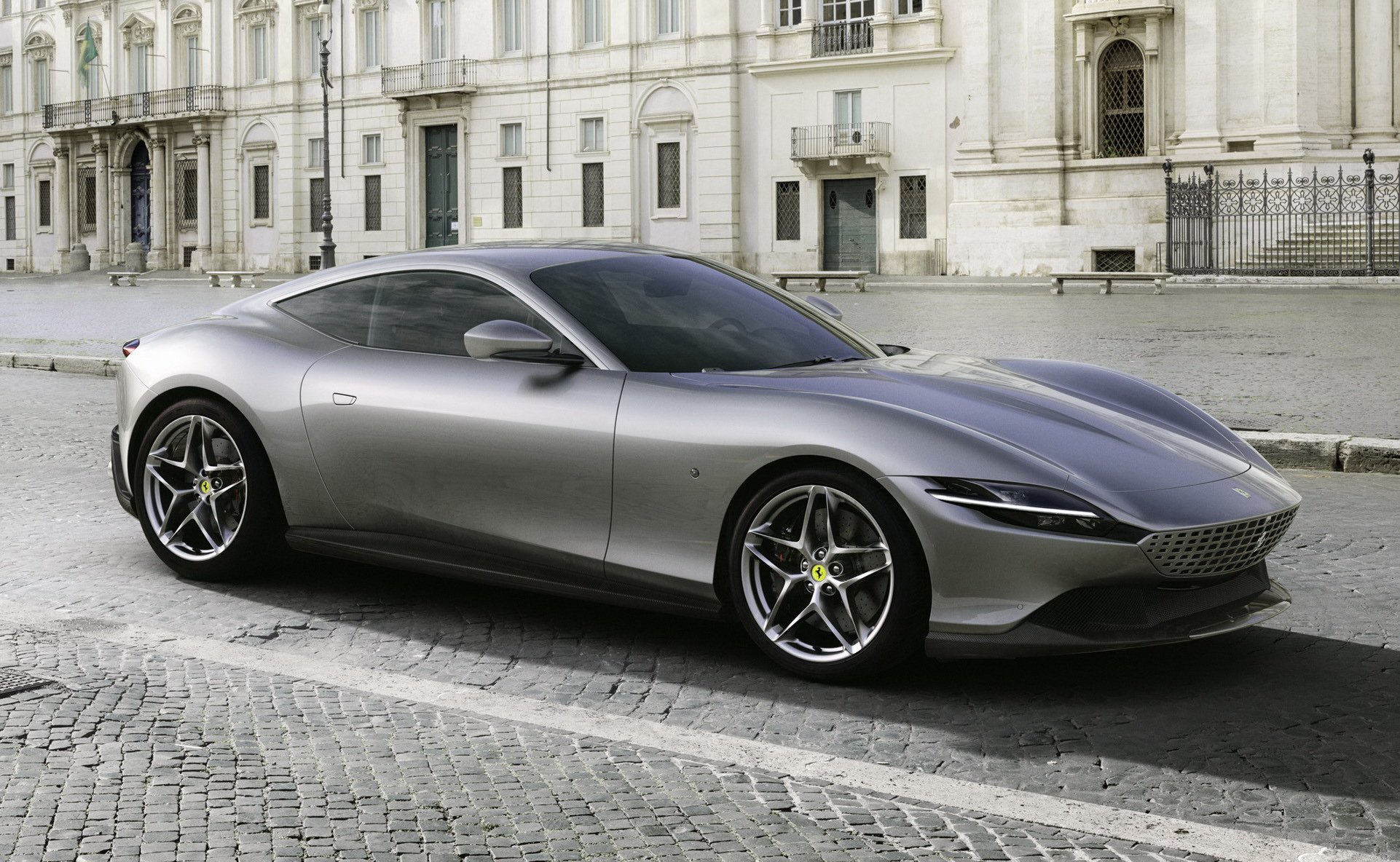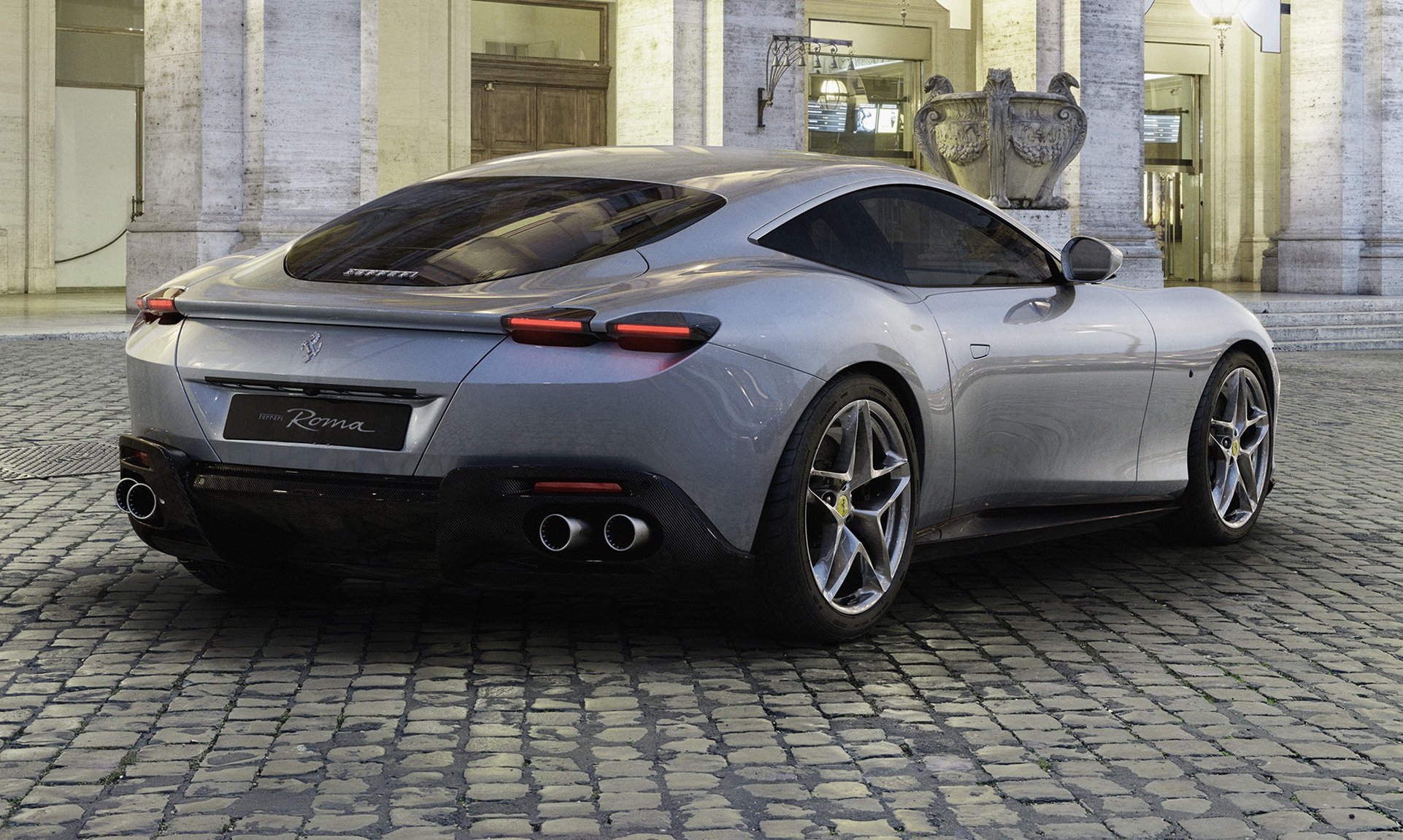Last week, Ferrari stunned the automotive world with the launch of the Roma, a Portofino-based, front-engined, rear-wheel drive sports coupe with 612 HP. And, apart from expanding its lineup, Maranello also wants it to expand its clientele as well.
According to AutoNews, Chief Marketing Officer Enrico Galliera said “the world is full of lucky people who can afford Ferrari cars but only 0.05 percent of them actually buy them. Most of them don’t buy a Ferrari because they don’t know how fun it is to drive one. We want to lower barriers with a less intimidating car”.
Apparently, that role falls to the new Roma: “The Roma is designed to attract an important number of new customers to Ferrari. The largest group among them will be car buyers who drive luxury SUVs or sedans and have never owned a proper sports car,” Galliera said, with Chief Designer Flavio Manzoni adding that “It’s like a Formula One car in evening dress”.
Related: These Videos Will Make You Like Ferrari’s New Roma Even More
The new model was inspired by past front-engined grand tourers such as the 250 GT Berlinetta Lusso and 250 GT 2+2. GTs from the 1960s are among the most popular Ferrari models at auctions and were designed to be more comfortable on long journeys than sports cars. Ferrari has said that GT models could make up about 40 percent of its total sales by 2022, up from 32 percent now.
The latest addition to Maranello’s stable is powered by a 612 hp (620 cv), 3.9-liter, V-8 mid-front mounted engine, coupled with an 8-speed dual clutch gearbox first used by Ferrari on the SF90 Stradale, the company’s first series-production hybrid which was unveiled earlier this year. The Roma’s power to weight ratio of 2.37 kilos per metric horse power (cv) enhances handling dynamics and responsiveness and is the best in its segment, making it light and easy to drive, according to Ferrari.
CEO Louis Camilleri said last week the hybrid SF90 Stradale was attracting “huge interest” despite initial skepticism by clients used to roaring combustion engines. The company said last year that it wanted 60 percent of its cars sold by 2022 to be hybrids and, while a full-electric vehicle is also being considered, it is unlikely to arrive before 2023 at the earliest.



